Bushfires: Stiff jail terms ‘no deterrent to firebugs’
Psychologists warn that arsonists are using massive blazes as ‘cover’ to light fires | MAPS
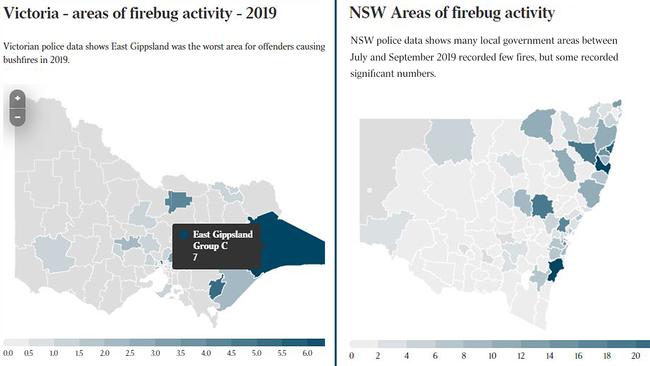
Psychologists have warned that arsonists are using massive blazes that have devastated communities around the nation as “cover’’ to light fires, ignoring a dramatic increase in penalties out of “compulsion’’.
More than 407 bushfires have been deliberately lit across NSW between July and September 2019, despite the government last year increasing the maximum sentence to 21 years.
Bureau of Crime Statistics and Research data shows Shoalhaven and Kempsey local government areas recorded almost 60 deliberately lit bushfires in the same time period.
NSW police continue to investigate whether the major fire that broke out in November in South Turramurra on Sydney’s upper north shore and menaced homes was deliberately lit.
On Tuesday, NSW police announced they were investigating a suspicious blaze started in a shed in Tumut.
The state Attorney-General, Mark Speakman, on Tuesday told The Australian: “NSW makes no apology for having the toughest bushfire sentencing laws in Australia. Along with increasing the maximum sentence from 14 to 21 years, the standard non-parole period has almost doubled.”
In Victoria, where the maximum sentence for firesetting is 15 years, 43 deliberately lit fires were recorded by police in 2019, according to police statistics. The worst-affected area in the state was East Gippsland, where fires currently burn out of control, with seven fires lit.
The suburban area of Moreland was in second place, followed by the regional council of Latrobe where fires destroyed 31 houses in 2019.
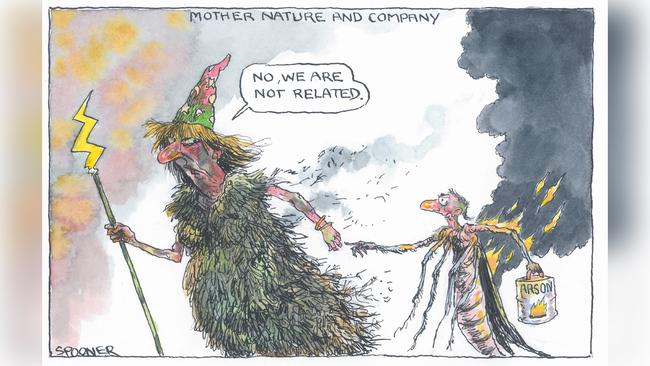
Swinburne University professor Jim Ogloff said tougher sentences did almost nothing to discourage firesetters, and media attention around fires encouraged the behaviours.
“(Firesetters are) interested in seeing fire, interested in setting fire, quite often the information around fire — how they burn and accelerate — excites them,” Professor Ogloff, the director of the centre for forensic behavioural science at Swinburne University, said.
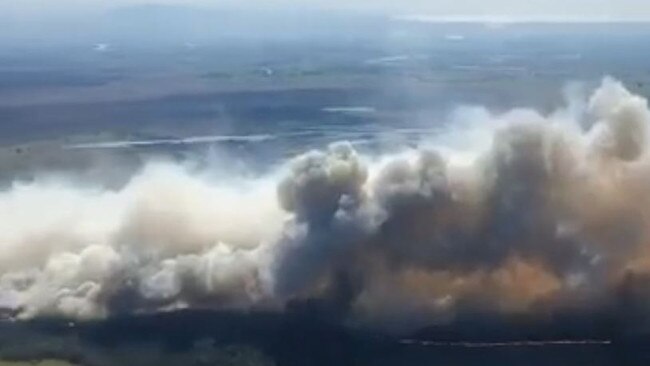
“Because people are of this compulsion to start fires, they are compelled to do it. They don’t think about the penalty … lots of people light small fires and get away with them.”
He said as fire season ramped up, many firesetters used the cover of existing fires to light new fires.
“Everywhere you look there’s fire and everywhere you look there’s opportunity,” he said.
Professor Ogloff said for many firesetters, bushfire season was like being “a kid in a candy shop” and media reports around fires made many obsess over setting fires. “We need bushfire warnings, but for them it makes it very exciting — all those things we need to keep us safe feeds that obsession.”
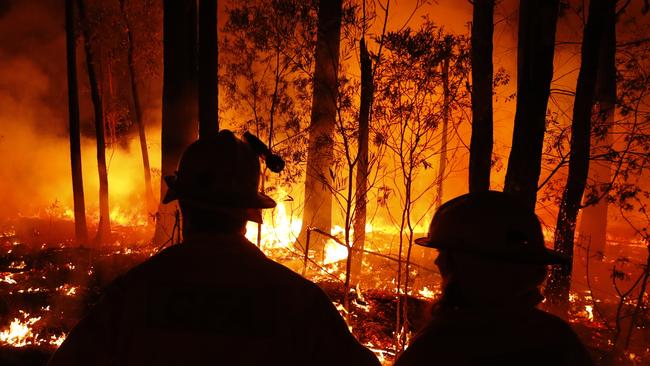
Professor Ogloff assessed all three firesetters caught during the Black Saturday bushfires, including former volunteer firefighter Brendan Sokaluk, who was sentenced to 14 years for lighting the Churchill fire on February 7, 2009, that killed 10 people.
Professor Ogloff said for many, even after they were released from prison, their firesetting behaviour remained.
Detective acting inspector Adam Bennett, from Queensland’s Task Force Overcross, said it was incredibly difficult to catch firesetters, but community involvement was critical.



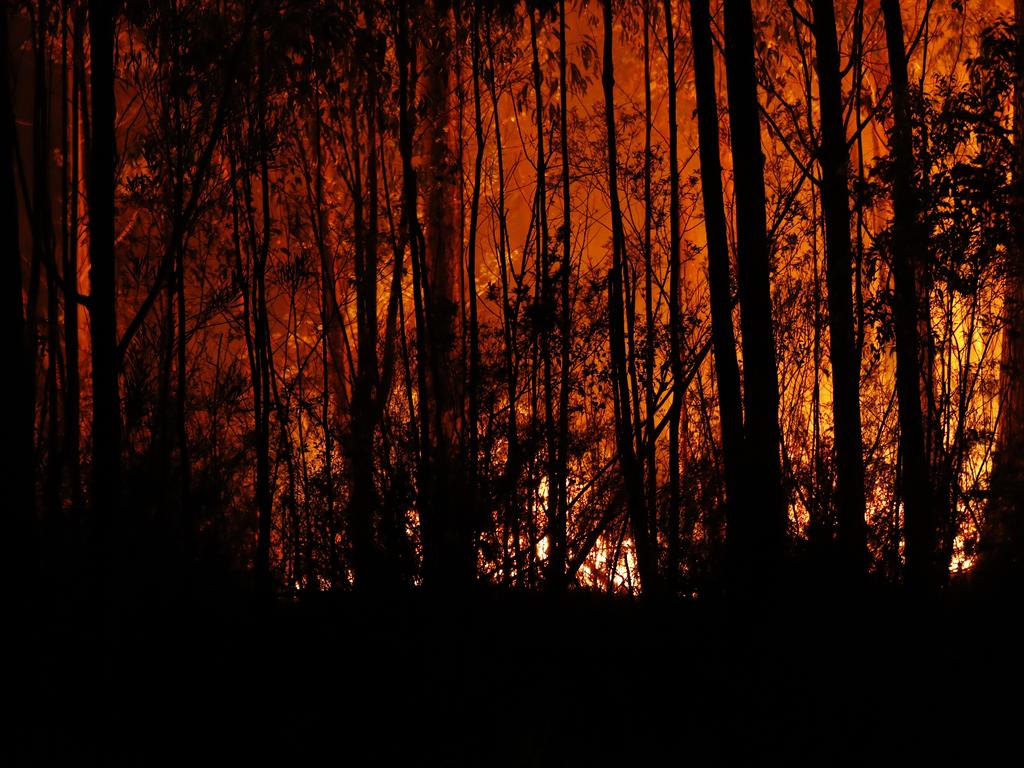
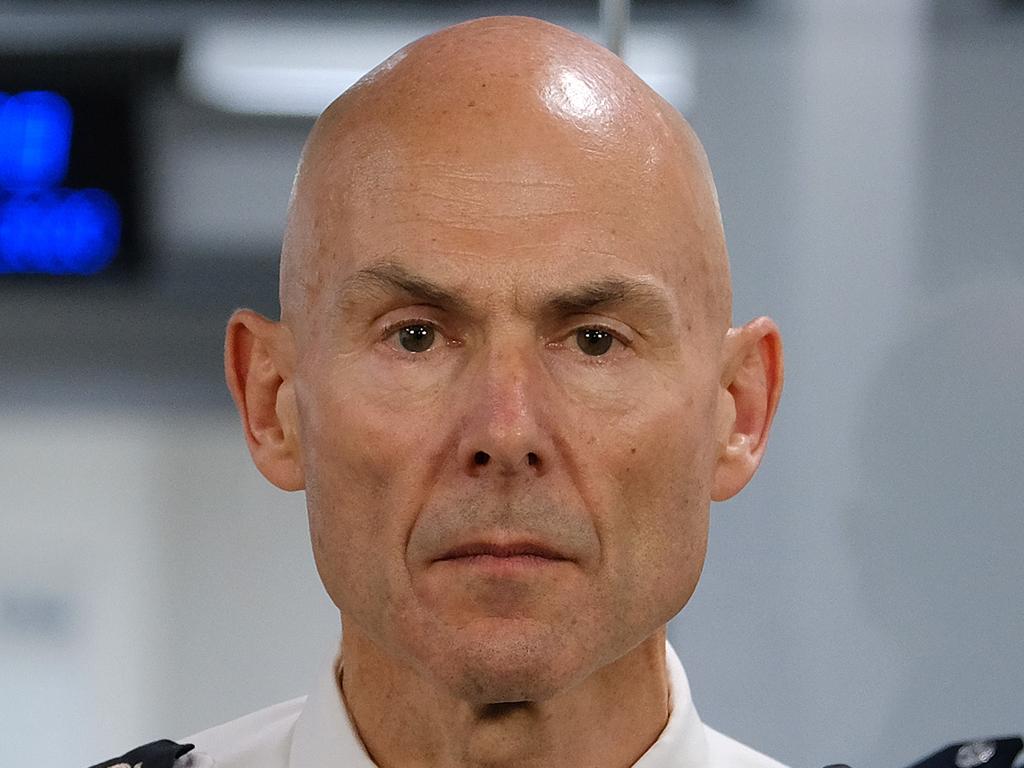



To join the conversation, please log in. Don't have an account? Register
Join the conversation, you are commenting as Logout